A few months back I had the opportunity to take a 2-day training seminar to become an Arts Mediator, and I wanted to write a bit about the experience here for two reasons. First, I want to make sure you guys know about the Volunteer Lawyers for the Arts, because they have some amazing programs and not enough artists know about them. Second, I wanted to highlight some mediation skills that you can use for all kinds of problems that come up in the course of your art career.
First of all, let’s talk about the Volunteer Lawyers for the Arts. I’m going to be specifically talking about the VLA in New York, because they were the founding organization and I am most familiar with them, but there are branches in most states and although sometimes they have slightly different organization names they’re pretty easy to google: Here’s a good place to start — a wikipedia page that lists the chapters by state.
This is my short summary, so please check out the websites for detailed info, but in general these organizations exist to 1) educate artists about law 2) educate lawyers about art issues 3) connect law firms with pro-bono opportunities to help artists, and 4) to mediate disputes that can possibly be resolved without taking something to court. From what I can tell, especially of the NYC chapter, the VLA is very well-known on the law side and in film & theater, some in the music world, a bit in the fine art gallery world, but they are nearly unknown in design & illustration—which is a shame, because they have great education opportunities. They give frequent classes in contracts, copyrights & trademarks, and starting arts businesses and nonprofits. All incredibly valuable info. Check out NYC’s schedule for a taste. Many of the shorter seminars are free or very low cost to artists and students. I’ve taken the contracts seminar and it’s invaluable information. Definitely find your chapter, join their mailing list, and check out their seminars.
In addition to training artists & lawyers, the VLA connects artists needing legal help with lawyers and mediators. We’re going to get into the difference below, but keep these organizations in mind when you need legal advice for something arts-related and don’t know where to begin to find assistance. No matter what the legal issue is, you can request help, and the VLA will try to match you with a lawyer offering pro-bono services. They counsel artists on wills and setting up legacies. You can even get help with filing patents if you are an inventor. And you can request an arts mediator to help resolve all kinds of disputes. The service is not free, but it’s a hell of a lot cheaper than filing a lawsuit.
So what’s the difference between starting a legal action — “litigation” (a lawsuit with a judge or jury) or “arbitration” (an enforced negotiation by a 3rd party) and mediation? There’s a few big differences:
• Litigation and arbitration are binding, mediation is not — in other words, if you start a lawsuit, you are legally bound to follow the judgement the judge or jury comes to, whether you like the final judgement or not. In mediation, both parties have to agree on the solution, and it’s only as binding as you make it. You can attempt negotiation, and if it doesn’t resolve then no one is forced to do anything. It’s possible that both sides walk away feeling as if they have “lost” the case.
• Litigation and arbitration is “adversarial” while mediation is “collaborative” — In litigation and arbitration each party is trying to prove to the 3rd party the justice of their case and the 3rd party attempts to work out a fair legal resolution. So each side is trying to “win” the case. However, in mediation the two sides need to come together to find a compromise that works for both of them. The law doesn’t matter, legal fairness doesn’t matter. The only thing that matters is that both sides agree on the solution. You keep negotiating until both sides “win”. In other words, you can work out a solution yourselves, or you can walk down to the corner and ask a random group of strangers what you should do.
• Litigation and arbitration care about the law, mediation cares about feelings — In legal suits cases are decided by what the law says, regardless of how the parties feel. It’s not about resolving feelings or getting apologies, or getting back to a place where the two parties can work together again. Mediation can be a much more effective tool for repairing relationships and healing hurts.
So definitely keep in mind that when you’re having a dispute with a client, a gallery owner, a vendor, or another artist, you can use the MediateArt program to try to help resolve the issue.
Because this was a training seminar to be certified as an official VLA Mediator the seminar went into great depth on how to structure mediation sessions, how to run things as a mediator, and how to keep control over the mediation. But the sections on how to listen, how to empathize, and how to negotiate to an agreement have some great takeaways for all of us, regardless of whether we plan on mediating for others:
—Remember it’s not about payback. Keep the Oscar Wilde quote in mind: “Those who seek revenge dig a grave for two.” Mediation is not about making the other side hurt. It’s about healing relationships and giving both parties what they need to move on.
—You can only mediate with people who have the authority to settle. In other words, if you’re having a dispute with a client over payment, but the art director doesn’t have the authority to make decisions about payment, then the mediation will dead-end. You either need to talk to the person that has the authority or the representative you are talking to needs to know in advance what they are allowed to offer in negotiation.
—It’s usually not (just) about money. It’s about hurt feelings. It’s about betrayal. It’s about the other side acknowledging the hurt they caused. It’s about apologies. The personal is often more important than the financial. You need to address these things or no mediated agreement will stick.
—Reasons are what generates movement. Sometimes it helps for one side to hear the reasoning of the other side to be able to empathize and understand why they did the things they did.
—Settlements do not have to be arbitrarily fair, they just have to satisfy both parties.
—Use active listening. Listen to what the person is saying. Repeat what they said but Reframed in your own words. Listen > Reframe > Repeat. When you are reframing, try de-escalating emotional words (like saying mad when they said furious) and turning negative statements into positive ones.
—Be empathetic, not sympathetic. A mediator has to be as neutral as possible. You should try to feel each side’s POV, but you can’t pick a favorite side. Never tell a side they are right or wrong.
—Eye contact builds confidence and rapport. And confidence and rapport become trust.
I hope these notes and services help next time you’re stuck in a dispute. Remember you have options, and there are groups and services available to artists. Just look for them!


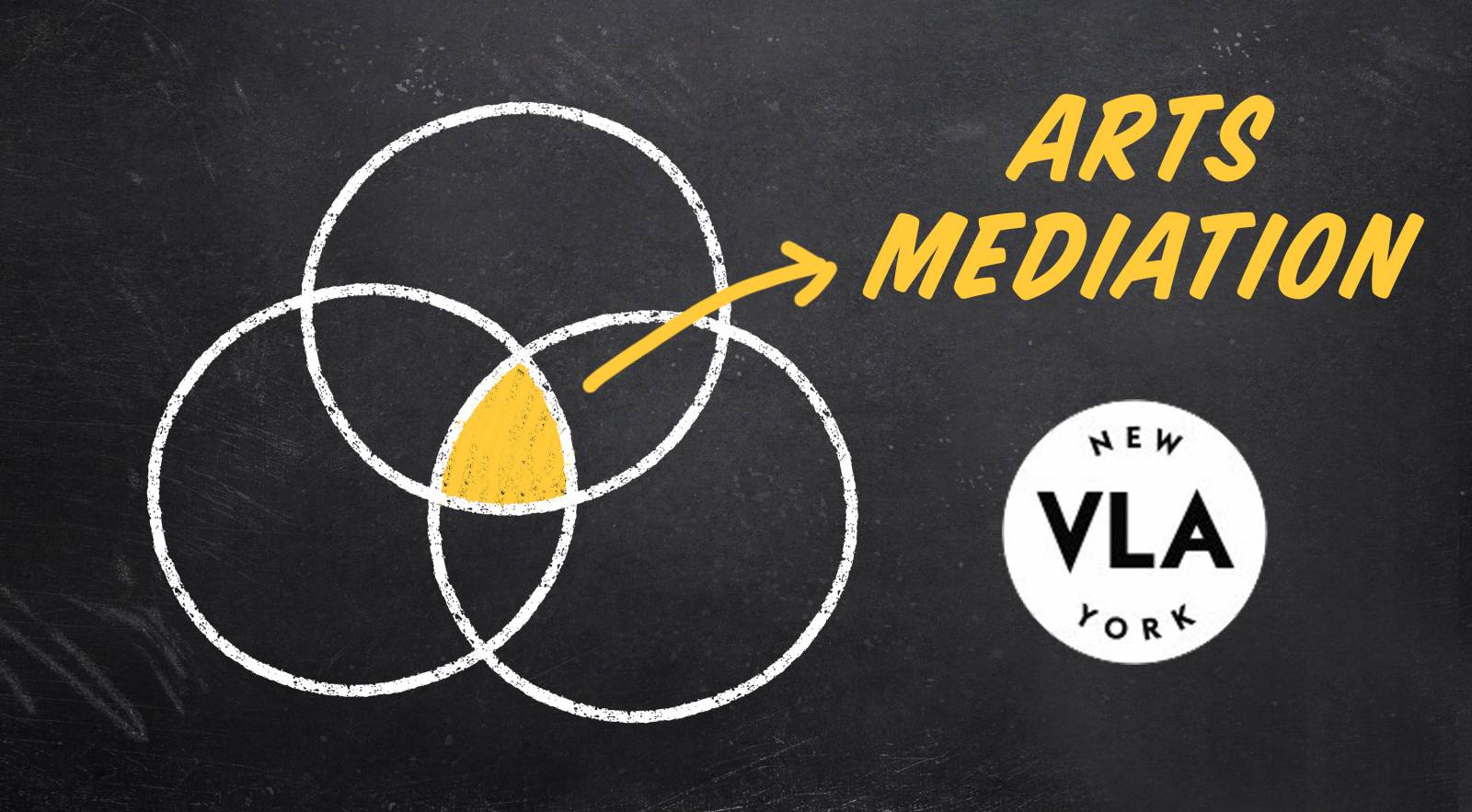


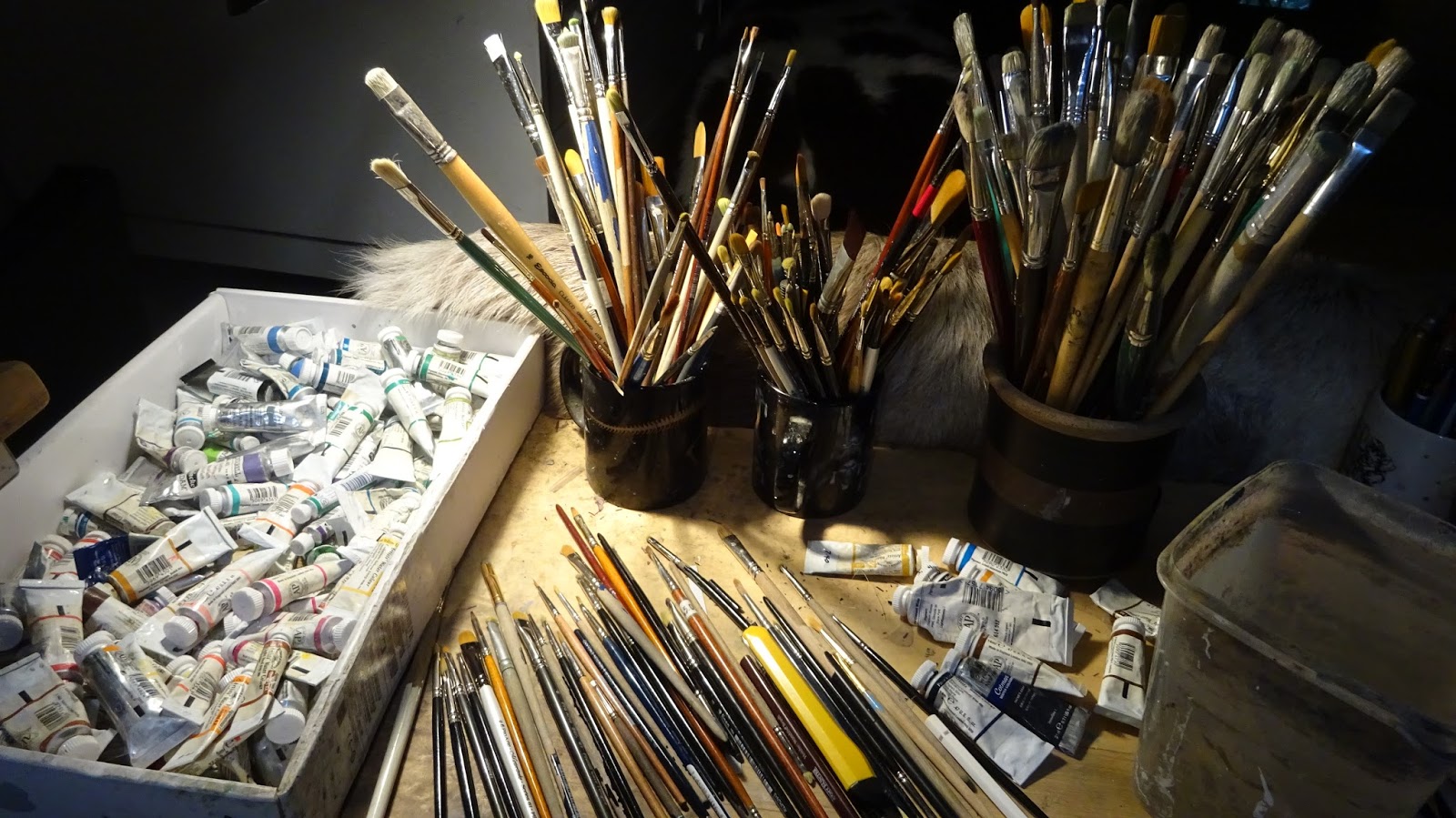
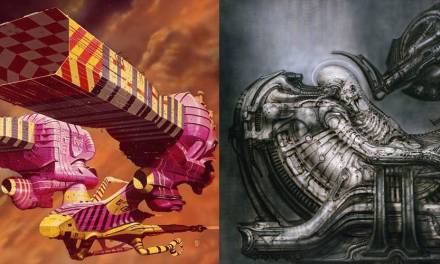
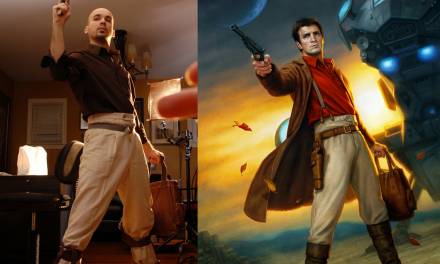
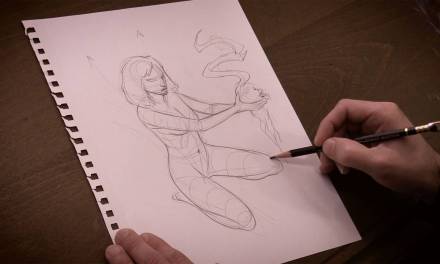
Recent Comments